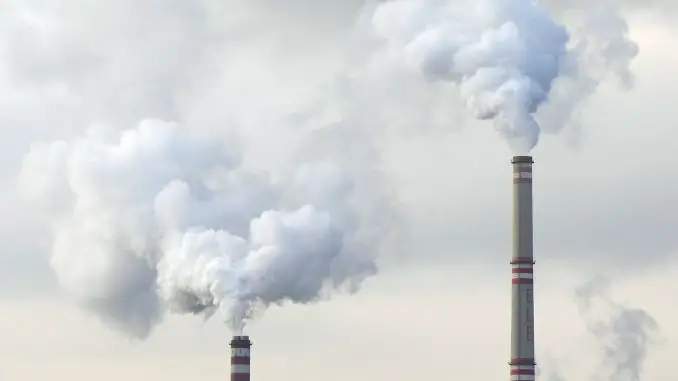
Meat and milk production – a growing environmental problem
Meat and dairy products account for 75 percent of the climate impact from all food production. If development continues, animal production may account for as much as 80 percent of total greenhouse gas emissions by 2050.
Reducing consumption of animal foods such as meat and dairy products is the single best way to reduce its climate impact.
According to a new report from the Institute for Agriculture and Trade Policy and the environmental organization GRAIN, the world’s largest meat and dairy giants in the coming decades may become the planet’s largest polluter. In the livestock sector, only half of the 35 largest meat and dairy companies have some emission reduction targets – instead they are expected to increase, reports The Independent.
The report shows that:
• The five largest meat and dairy companies together account for greater greenhouse gas emissions than Exxon, Shell or BP.
• The total emissions from the world’s 20 largest meat and dairy companies exceed those from countries, such as Germany, Canada, Australia and the United Kingdom.
• If other sectors are forced to reduce their emissions in accordance with the two-degree target, but the livestock sector continues as usual, by 2050 they will account for 80 percent of the emissions.
The 35 largest meat and dairy companies are located in the USA, EU, Canada, Brazil, Argentina, Australia, New Zealand and China. These countries account for a large proportion of the global meat and dairy industry and 60 percent of the sector’s emissions.
Environmental organizations respond
Devlin Kuyek from the GRAIN organization believes that meat and dairy production in these countries must fall drastically.
Does this mean we have to go from a mainly animal diet to a mainly vegetable diet in order to reduce emissions?
Leave a Reply